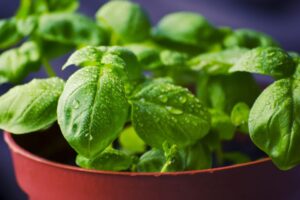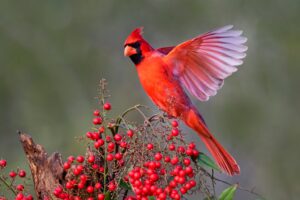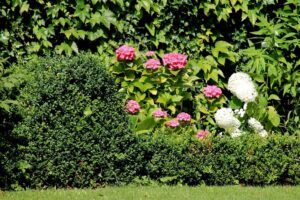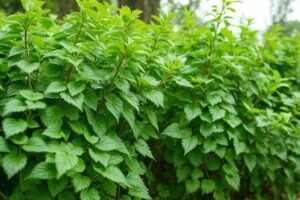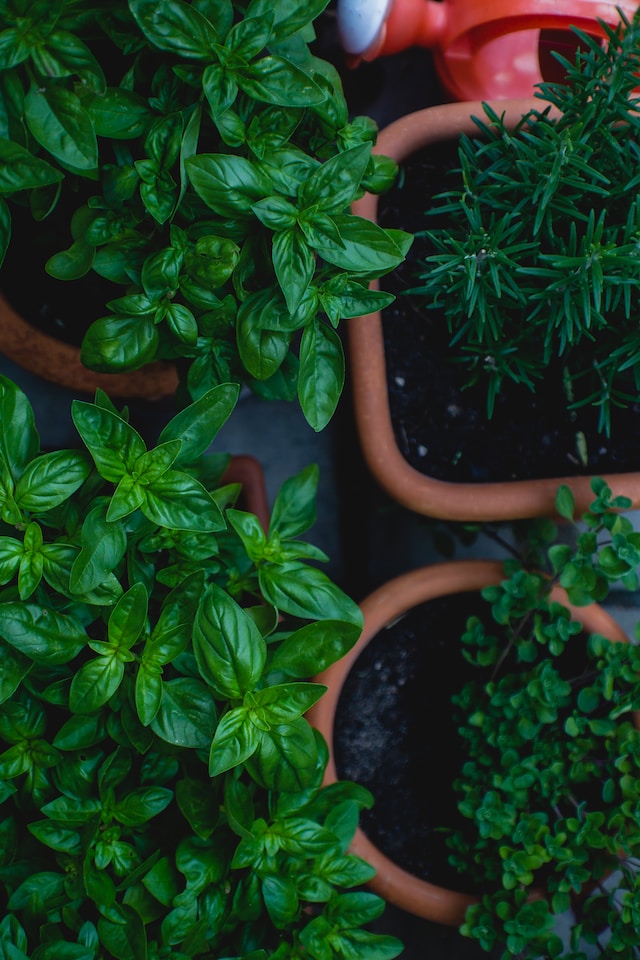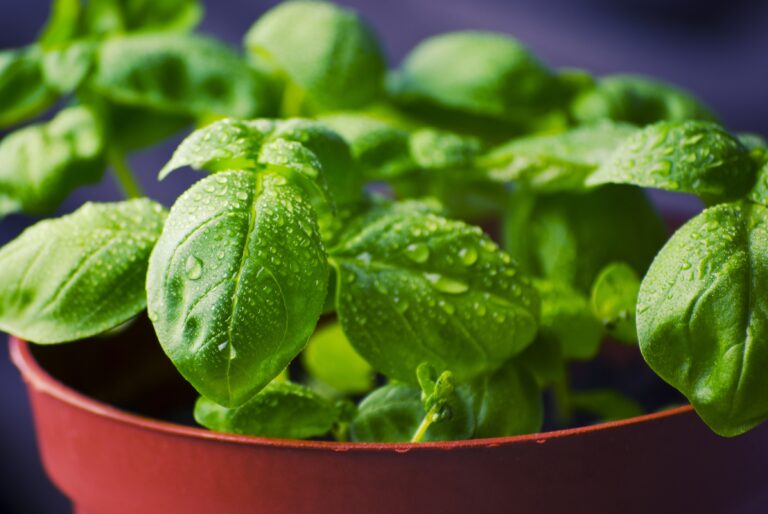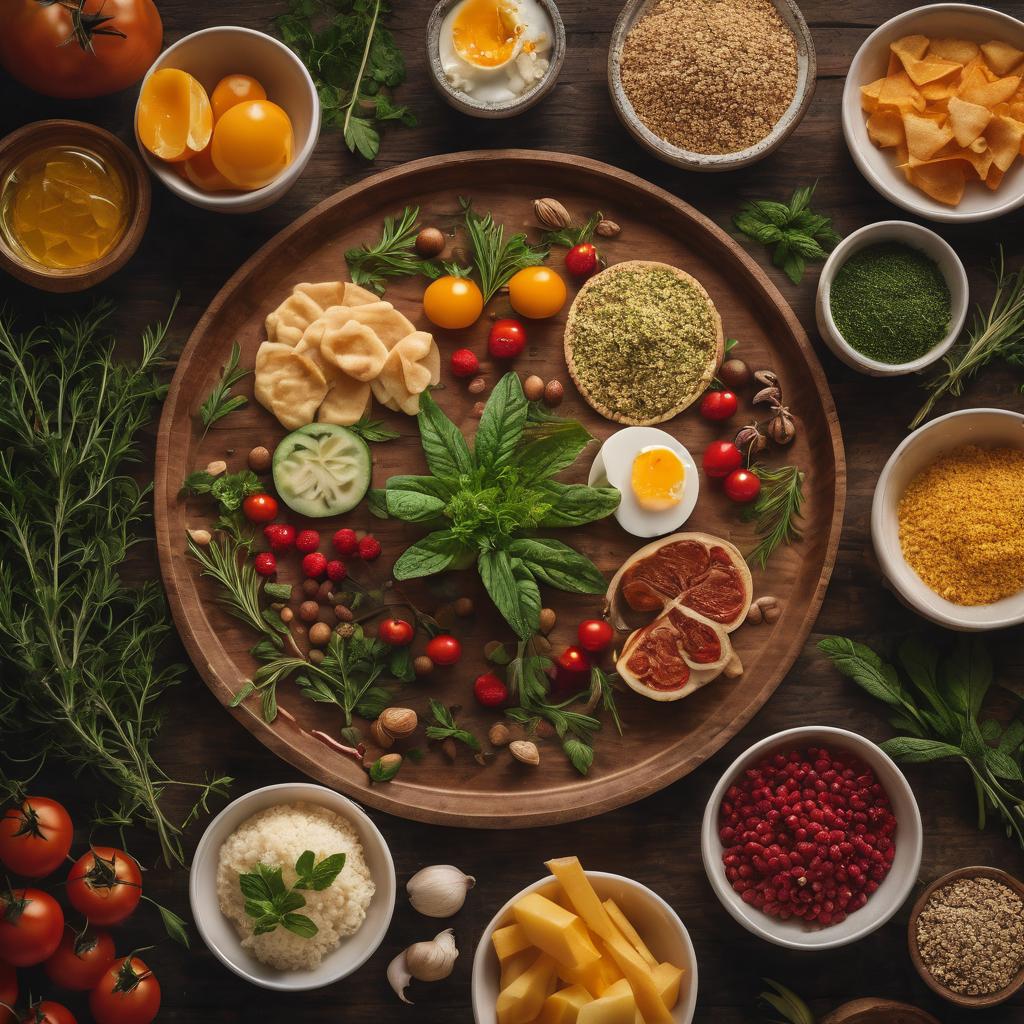Introduction
If you love to cook, growing your own herbs is a great way to make your meals more interesting and flavorful. Whether you want to use fresh rosemary in your next roast chicken or basil in your homemade pesto, it’s easy to grow these plants at home. This guide will show you everything from how much sunlight your garden needs (a lot!) to what types of herbs grow best in containers or on the ground. You’ll learn all this plus tips for selecting which varieties are right for you and how many plants you should start with!
Why Grow Your Own Herbs?
Growing your own herbs is easy, fun and rewarding. Herbs are a great way to reduce stress, and they can also be used in cooking–from adding flavor to making homemade beauty products! Growing herbs is a wonderful way to enjoy the outdoors while spending time with family or friends.
In addition to being easy-to-grow plants with little care requirements, many herbs offer several health benefits that make them worth growing at home no matter where you live:
How to Get Your Garden Started
To get your herb garden started, you’ll need to consider whether you want to plant your herbs in the ground or in containers. If you choose to grow them in containers, make sure they are large enough so that the roots aren’t cramped and can spread out. If possible, choose a container with drainage holes at the bottom so that excess water doesn’t pool inside.
Planting herbs in pots also allows for greater flexibility when it comes time for transplanting; once they have grown larger than their current home and need more room for their roots (which will happen eventually), simply move them into bigger pots–or even outdoors if there’s enough space!
If growing from seedlings rather than seeds is more up your alley (and we think it should be), simply start by making sure that whatever location you choose has plenty of sunlight throughout most hours each day without being exposed directly by harsh winds or glaring sunrays. A south-facing wall is ideal if possible since this provides optimal warmth during colder months but still lets light through during summer days when temperatures rise too high outside; however any area not shaded too much by nearby trees will suffice once established plants reach maturity later on down their lifecycle as long as they receive adequate amounts of water every week throughout autumn/winter months.”
Tips for Growing Herbs in Containers
- Choose a potting mix that drains well.
- Make sure you have enough light.
- Make sure your herbs get enough nutrients, water and air in their containers.
- Give them enough space to grow in their pots so they don’t crowd each other out of sunlight or air circulation (or both).
Tips for Growing Herbs in the Ground
- Soil preparation is the most important step in growing herbs in the ground. Herb plants need loose, well-drained soil that’s rich with nutrients and organic matter. If you have clay soil, loosen it up by adding plenty of compost or another amendment like peat moss before planting. If your garden isn’t already heavily mulched with leaves or straw, consider adding some now; this will help retain moisture and keep weeds from sprouting up between rows as well as underfoot.
- To sow seeds directly into the ground: Plant them about 1/2 inch deep–just enough to cover them–and make sure they’re spaced about 6 inches apart so they have room to grow without competing for nutrients or sunlight (which can cause them stress). Covering seeded areas with plastic sheeting can help protect young seedlings from frost damage during cold weather; however, remove this covering once temperatures warm up so that plants can get enough light!
How Much Sun Does Your Herb Garden Need?
Most herbs need at least 6 hours of sun a day to grow well. This is true for most varieties of basil, cilantro, dill, sage and oregano. Some herbs can do better in partial shade than others. For example: chives will do fine with 4 hours of direct sunlight while parsley needs 6-8 hours per day!
Some herbs can even tolerate full shade during the summer months but require more light during colder weather (like mint).
The Best Herb Varieties to Grow in Your Garden
- Basil. This herb is easy to grow and can be used in a variety of cooking applications, including pesto and tomato sauces. It also makes a great garnish for soups, salads, pasta dishes and more!
- Chives. Another popular herb that’s easy to grow at home is chives–it’s best used chopped or minced in salads or cooked dishes like mashed potatoes or scrambled eggs.
- Dill Weed/Fennel (Florence Fennel). These two plants are closely related but have different flavors; if you’re looking for an alternative to dill, try fennel instead! Both have a slightly sweet licorice taste that goes great with seafood like salmon or shrimp dishes like shrimp scampi.
With the right herbs, you can make a tasty, homemade meal.
Growing your own herbs is an easy way to save money, enjoy a more flavorful meal and have fun. Growing herbs requires little maintenance, so you can spend less time watering and pruning and more time enjoying the fruits of your labor.
Herbs are versatile plants that can be grown indoors or out, in containers or in the ground. They don’t require much space–you can grow them on your balcony or patio or even in pots on your windowsill! With just a little planning and care, you’ll soon have plenty of fresh herbs for cooking delicious meals at home all year round.
Conclusion
Herbs are a great way to add flavor and aroma to your meals. They can be grown in your backyard or on your balcony, so you can enjoy them year-round. There are many different varieties of herbs that are perfect for beginners and experienced gardeners alike.



